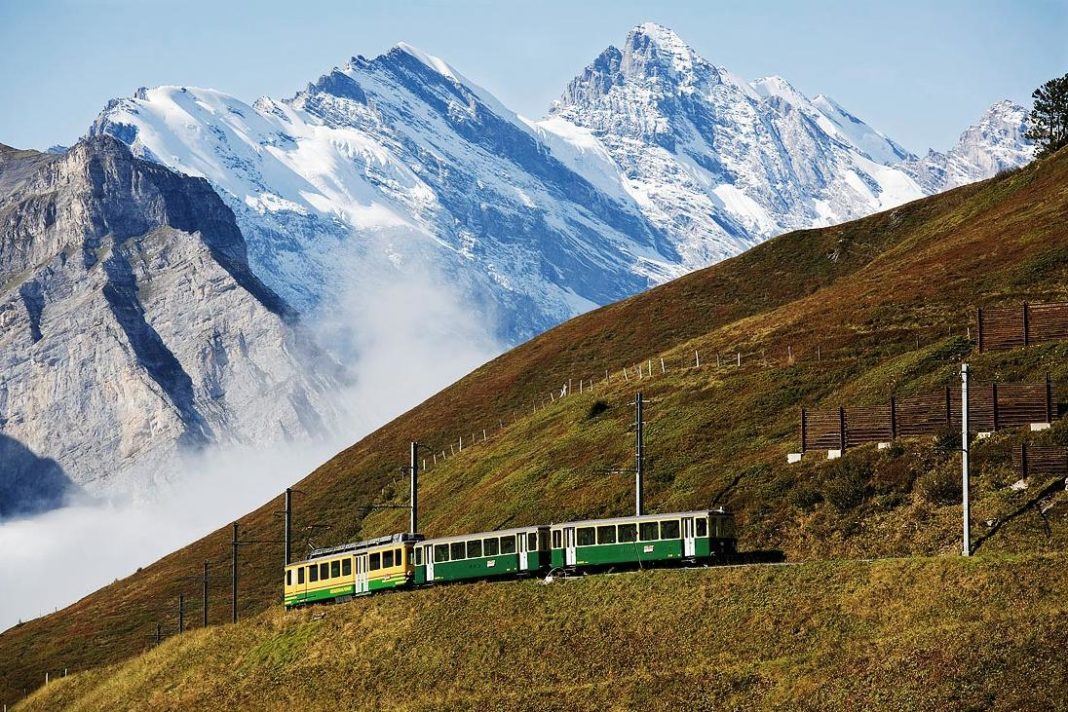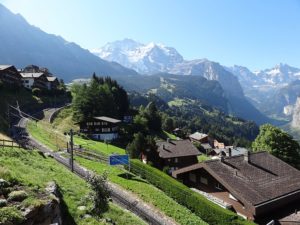
The line is normally operated in two sections, with trains from either direction terminating at Kleine Scheidegg. At the latter station, most passengers transfer to the Jungfrau Railway for the continuation of the journey to the highest railway station in Europe at Jungfraujoch. There are generally no roads to Wengen/Mürren, and the train is the main access.
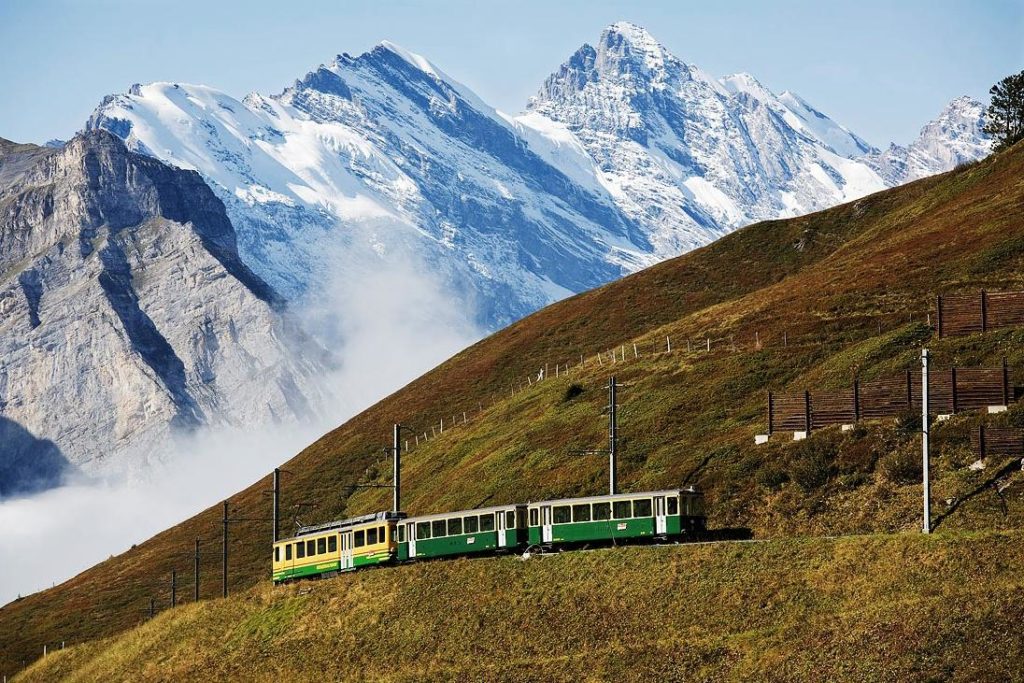
The line is owned by Wengernalpbahn AG, a subsidiary of Jungfraubahn Holding AG, a holding company. The line is built to 800 mm gauge, and uses the Riggenbach rack system, as modified by Arnold Pauli. The modern stock uses Strub rack system.
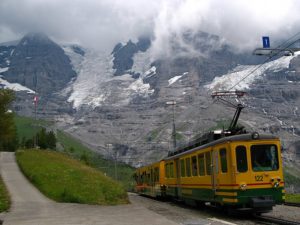
Nowadays, most passenger trains are made up of railcars, the powered car still being positioned at the lower end of the train, and so train compositions do not usually cross Kleine Scheidegg to travel directly from Lauterbrunnen over to Grindelwald. However, a triangular junction specially built into the mountainside at Kleine Scheidegg allows the train to be turned if necessary so that it can also be used on the other side of the col. The newest of these trains reaches 28 km/h on the steepest stretch.
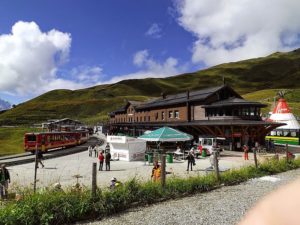
At peak periods, additional trains can be put into operation at short intervals ahead of the scheduled train, allowing capacity to be optimized according to demand. This demands an extremely flexible organization procedure and enormous care and attention with regard to dispatching trains. Since most of the line is single track, the extra trains display a green disk with a diagonal white line on the front to indicate to station staff and signal operators that there is a train following in the same direction.
According to Wikipedia





